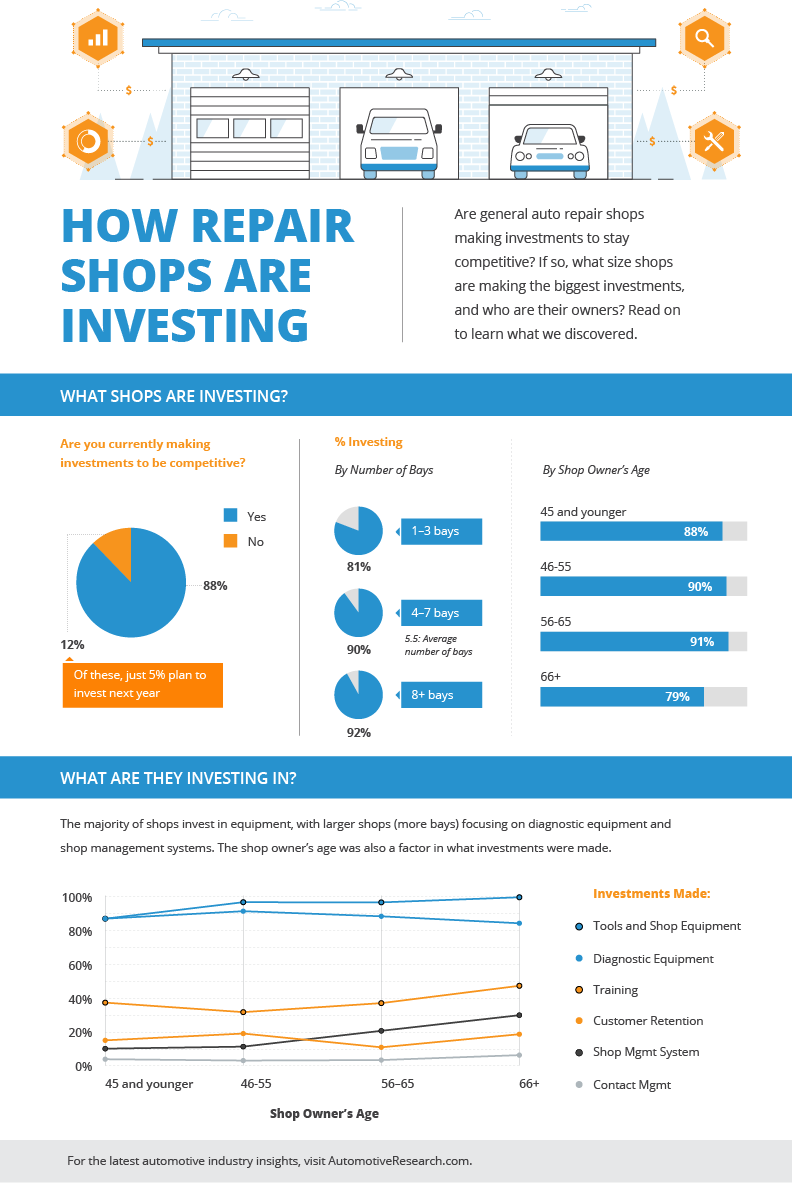Familiarize Yourself With The Control Panel Caution Lights In Your Auto To Focus On The Well-Being And Security Of Your Lorry
Familiarize Yourself With The Control Panel Caution Lights In Your Auto To Focus On The Well-Being And Security Of Your Lorry
Blog Article
Content By-Cheng Crawford
When you're behind the wheel, those beautiful caution lights on your control panel can be a little bit bewildering. Do you recognize what they're attempting to inform you regarding your auto's health? Comprehending the value of these lights is vital for your security and the durability of your vehicle. So, the next time among those lights turns up, wouldn't you wish to analyze its message precisely and take the needed actions to address it?
Common Warning Lights and Interpretations
Identify common caution lights in your automobile and recognize their significances to make sure risk-free driving.
One of the most normal warning lights consist of the check engine light, which signals problems with the engine or discharges system. If this light begins, it's crucial to have your car checked quickly.
The oil stress warning light suggests low oil stress, requiring instant interest to avoid engine damage.
A blinking battery light may recommend a defective billing system, possibly leaving you stranded if not dealt with.
The tire stress monitoring system (TPMS) light signals you to reduced tire stress, affecting automobile stability and gas performance. Disregarding this might result in risky driving problems.
The abdominal muscle light shows a problem with the anti-lock stopping system, jeopardizing your capability to quit promptly in emergencies.
Finally, the coolant temperature advising light warns of engine getting too hot, which can lead to severe damage if not dealt with quickly.
Comprehending these typical warning lights will certainly help you attend to issues immediately and preserve risk-free driving problems.
Importance of Prompt Interest
Recognizing the usual caution lights in your auto is only the initial step; the relevance of quickly addressing these cautions can't be stressed sufficient to guarantee your security when driving.
When click for more info illuminates on your dashboard, it's your auto's way of connecting a possible issue that needs focus. Neglecting these cautions can result in a lot more serious issues later on, jeopardizing your security and potentially costing you extra in repairs.
brake line repair to warning lights can prevent failures and mishaps. As an example, a flashing check engine light might suggest a misfire that, if left ignored, could cause damage to the catalytic converter. Resolving this immediately can save you from a costly repair service.
In a similar way, a brake system warning light could indicate low brake fluid or used brake pads, vital components for your safety and security when driving.
Do It Yourself Troubleshooting Tips
If you observe a warning light on your dashboard, there are a few do it yourself repairing pointers you can attempt before looking for expert assistance.
The primary step is to consult your vehicle's guidebook to recognize what the specific caution light indicates. In some cases the problem can be as basic as a loose gas cap setting off the check engine light. Tightening the gas cap may settle the problem.
An additional usual concern is a reduced battery, which can trigger different warning lights. Examining the battery links for deterioration and guaranteeing they're safe and secure may take care of the problem.
If a caution light persists, you can try resetting it by detaching the car's battery for a couple of mins and afterwards reconnecting it. Furthermore, examining your car's fluid degrees, such as oil, coolant, and brake liquid, can assist troubleshoot warning lights related to these systems.
Conclusion
To conclude, understanding your automobile's caution lights is essential for maintaining your automobile running efficiently and securely. By immediately dealing with these signals and recognizing what they indicate, you can prevent pricey repairs and potential breakdowns.
Keep in mind to consult your cars and truck's manual for specific information on each cautioning light and take action accordingly to ensure a trouble-free driving experience.
Remain educated, stay secure when traveling!
